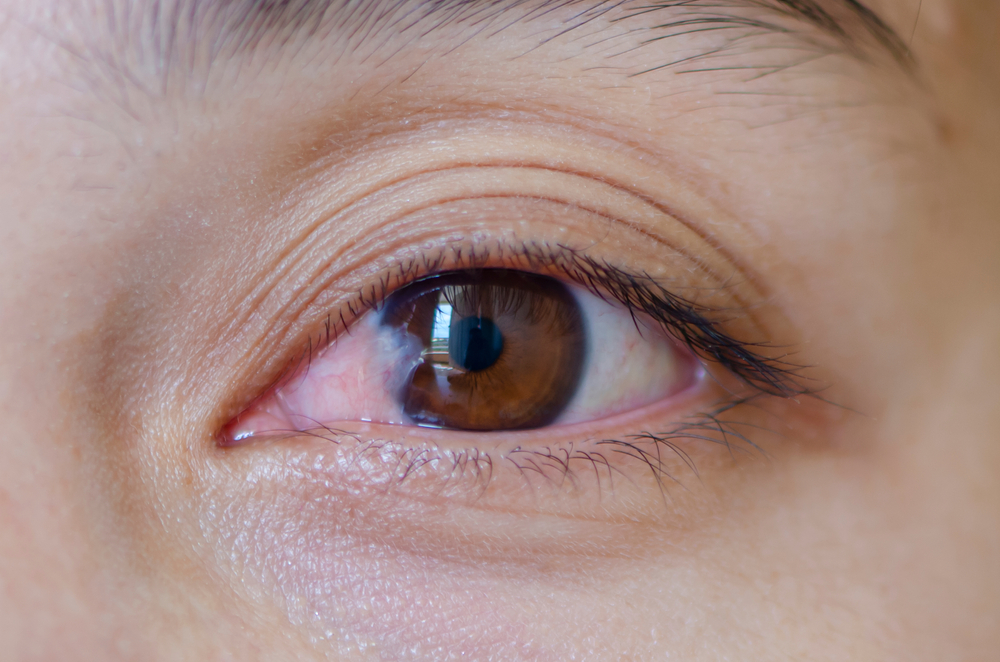Pterygium and Pinguecula

Ppterygium
A pterygium is a mass of fleshy tissue that grows over the cornea (the clear front window of the eye). It may remain small or may grow large enough to interfere with vision. A pterygium most commonly occurs on the inner corner of the eye, but it can appear on the outer corner as well.
The exact cause of pterygia is not well understood. They occur more often in people who spend a lot of time outdoors, especially in sunny climates. Long-term exposure to sunlight – especially to ultraviolet (UV) rays, and chronic eye irritation from dry, dusty conditions seem to play an important role. Dry eye also may contribute to pterygium.
When a pterygium becomes red and irritated, eyedrops or ointments can be used to help reduce the inflammation. If the pterygium grows rapidly or is large enough to threaten sight, it can be removed surgically.
Despite proper surgical removal, a pterygium may return, particularly in young people. Protecting the eyes from excessive ultraviolet light with proper sunglasses, avoiding dry, dusty conditions, and using artificial tears can also help.
Symptoms of Pterygium
Sometimes, a pterygium causes no symptoms other than its appearance. An enlarging pterygium, however, may cause redness and inflammation. If you experience burning, a gritty feeling, itching, the sensation of a foreign body in your eye or blurred vision, it’s time to see your ophthalmologist. A simple exam can detect the problem.
Pinguecula
A sometimes related condition to pterygium, called pinguecula, can also result from too much sun exposure.
A pinguecula is a yellowish patch or bump on the white of the eye, most often on the side closest to the nose. It is not a tumor but is an alteration of normal tissue resulting in a deposit of protein and fat. Unlike a pterygium, a pinguecula does not actually grow onto the cornea. A pinguecula can also be a response to chronic eye irritation or sunlight.
No treatment is necessary unless the pinguecula becomes inflamed. A pinguecula does not grow onto the cornea or threaten sight. On rare occasions, a pinguecula can be surgically removed if it is particularly annoying.
